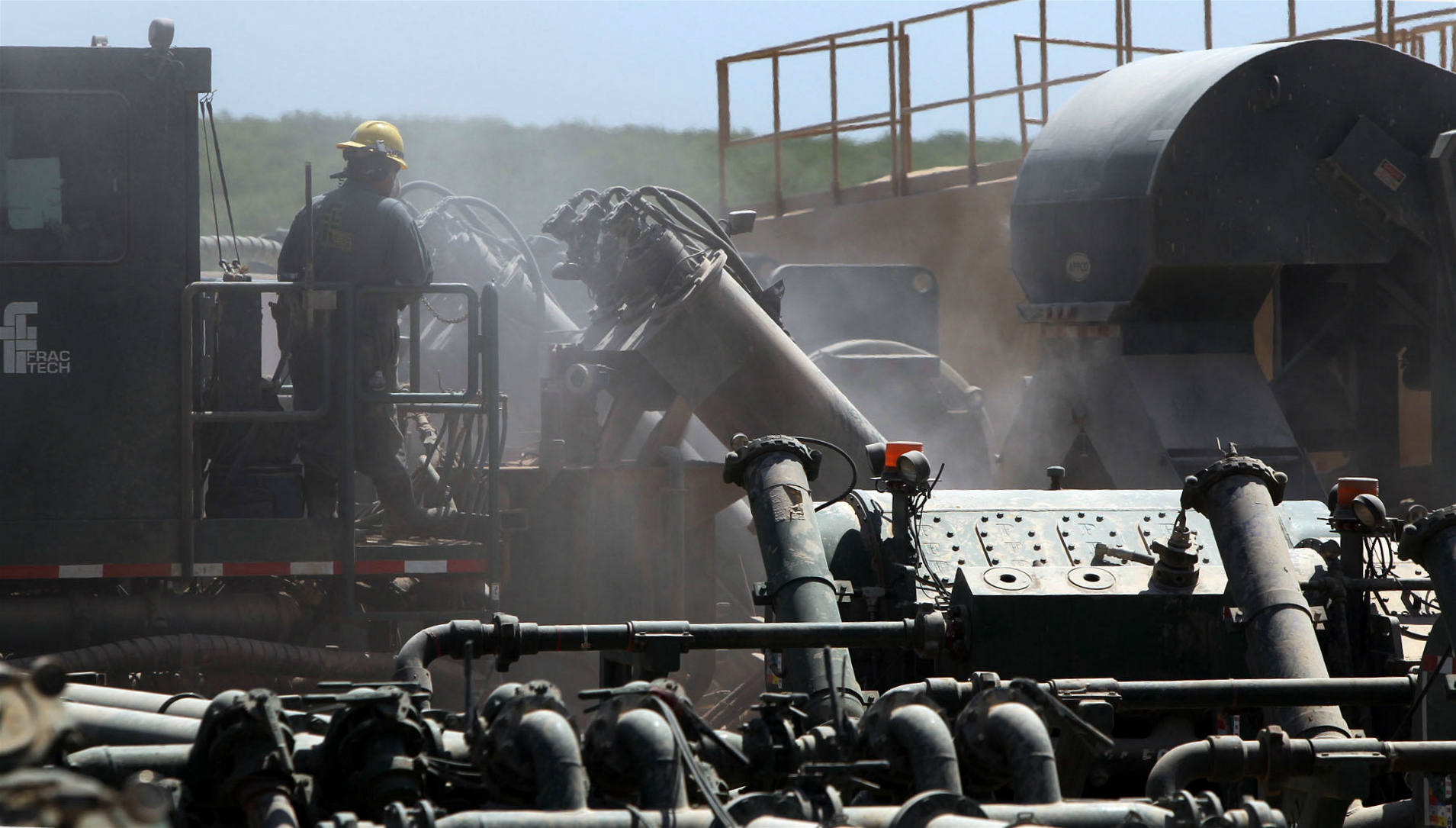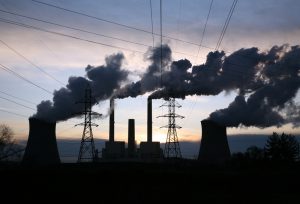The coronavirus has been very hard on the United States. In New York, where I live, more than 25,000 people have died. Around the country, the number stands at about 140,000 and in most states, cases are still rising. The economy has also suffered. Growth has slowed and more than 46 million people have filed for unemployment assistance.
In a bid to prevent this crisis spiralling out of control, the federal government has made trillions of dollars available. Some money has gone directly to people in need, via one-off stimulus checks of up to $1,200. On top of that, vast transfers have been made to private companies, through a mixture of grants, loans and purchases of debt (bonds). So far, this massive programme has been successful in preventing economic collapse. But it may be planting the seeds of future climate and financial crises, by propping up the fossil fuel industry.
90%
of US shale companies were losing money before the pandemic
The US oil and gas industry is in a lot of trouble. The virus was coupled with an oil price war, which drove supply up, just as demand was collapsing due to global travel restrictions. At one point these twin forces pushed US oil prices negative, dropping to -$37.63 a barrel, meaning it would have been technically possible to drive down to Oklahoma, take a thousand barrels of oil, and be paid almost $40,000 for doing so. Tankers filled up to the point that ships off the coast of California held more than 20 million barrels, nearly enough to satisfy a fifth of the world’s daily oil consumption.
In early April, at the start of the crisis, President Trump met with oil and gas CEOs at the White House and subsequently tweeted that he was directing the US Treasury to craft a plan: “so that these very important companies and jobs will be secured long into the future!”
The Paycheck Protection Program, a key part of the government’s relief efforts, was designed to benefit workers and prevent spiralling unemployment, with an emphasis on smaller companies. But oil, gas and related companies had collected nearly $3.9 billion by the programme’s first reporting deadline on 16 April. Thirty-seven oil companies, service firms and contractors have also already claimed more than $1.9 billion in immediate tax refunds, and will likely claim even more in the near future. But the sector is still letting a lot of workers go, with more than 100,000 US oil and gas workers losing their jobs. At Occidental Petroleum, workers were encouraged to bid against each other to receive lower compensation for taking redundancy. As many shale companies entered bankruptcy, they also continued to pay enormous bonuses to executives.
Despite this, Republican senators have been actively lobbying for more money for fossil fuel companies. One way they’ve done so is by relaxing the terms of another government scheme – the Main Street Lending Program – which was also designed to benefit small and medium-sized companies. At the prompting of senators representing states that produce a lot of oil and gas, the terms have been changed so that large, and heavily indebted companies can apply, including Occidental, whose enormous debts predated the crisis.
Occidental isn’t the only large company benefitting from government largesse. Chesapeake Energy, has gone from investor-darling to filing for bankruptcy protection. Along the way, it also lost a CEO, Aubrey McClendon, who died in a fiery car-crash in 2016, a day after being indicted for rigging the prices of oil and gas leases. Huge debts and fraud allegations haven’t prevented it from receiving specific and unusually generous government support. These examples are likely to be the tip of the iceberg. The Trump administration has resisted oversight throughout the process. We don’t yet know where most of the money has gone.
Despite government support, many investors are seeing the writing on the wall and shifting their money out of oil and gas.
US oil and gas was already in trouble long before the crisis. The sector was awash with debt. Ninety percent of US shale companies were losing money before the pandemic. The oil and gas sector holds $744 billion in outstanding bonds and debt (out of the $7.9 trillion in total corporate debt), at a time when the value of these companies is declining rapidly. This debt burden matters because the US Federal Reserve has been instructed to buy up corporate debt as part of its economic relief efforts. The Fed is likely to purchase up to $19 billion in fossil energy bonds of which $4 billion are likely to be non-investment grade or junk, providing the industry with a lifeline on very favourable terms at a time when they’d struggle to get funding.
Of course, if these programmes are successful, and the oil and gas industry recovers, that will have consequences for climate change. Nearly half of US emissions are from petroleum use, and emissions from gas-fired power plants are rising. That number will shrink, temporarily, this year. But it must keep declining to meet US and then global climate targets.
Despite government support, many investors are seeing the writing on the wall and shifting their money out of oil and gas. Jim Cramer, a TV personality and former hedge fund manager, recently declared: “I’m done with fossil fuels. They’re done … We are in the death knell phase” for the industry. At a time when we’re facing a public health crisis, coupled with an economic crisis, and a looming climate crisis, it seems ridiculous to pump more money into a dying industry.






![[:en]Local culture and nature are deeply intertwined for a hunter and his eagle near the shore of Lake Issyk Kul. Building on cultural traditions, they are now also engaged in family-based ecotourism operations [image courtesy: Marc Foggin][:]](https://dialogue.earth/content/uploads/2020/07/eagle-and-hunter-300x199.jpeg)


